Home>Gardening & Outdoor>Landscaping Ideas>How Many Blades Of Grass In The World
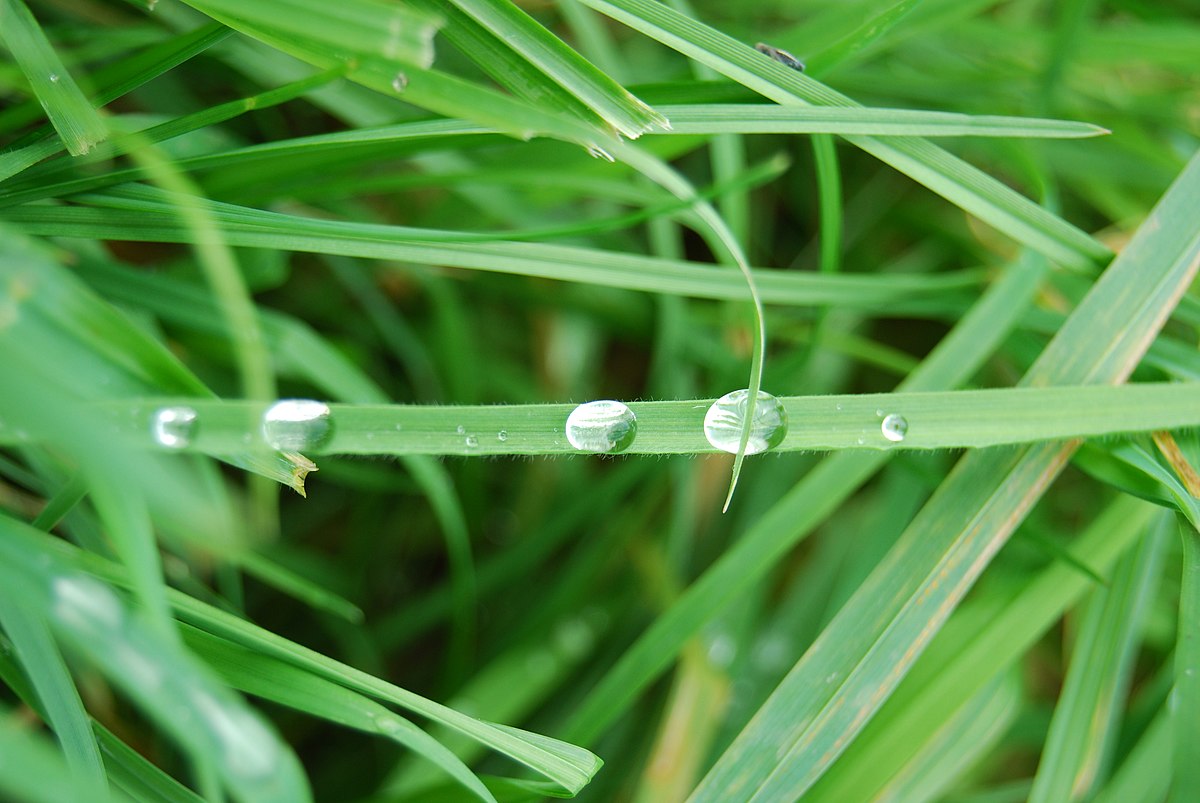

Landscaping Ideas
How Many Blades Of Grass In The World
Published: January 29, 2024
Discover the best landscaping ideas and tips for creating lush, green lawns. Learn how to maximize the beauty of your outdoor space with expert advice.
(Many of the links in this article redirect to a specific reviewed product. Your purchase of these products through affiliate links helps to generate commission for Storables.com, at no extra cost. Learn more)
**
Introduction
**
Grass, often overlooked and underappreciated, is an integral part of our natural world. It carpets our lawns, fields, and prairies, providing a lush green backdrop to our daily lives. However, have you ever pondered the sheer abundance of grass on our planet? The question "how many blades of grass are there in the world?" might seem whimsical at first, but it opens the door to a fascinating exploration of the earth's ecosystems and the role of grass within them.
Grass is not just a mundane feature of the landscape; it is a vital component of the biosphere. From providing sustenance for grazing animals to stabilizing soil and absorbing carbon dioxide, grass plays a crucial role in maintaining ecological balance. Its significance extends beyond the aesthetic appeal of a well-manicured lawn; it is a cornerstone of diverse ecosystems, from the savannas of Africa to the prairies of North America.
In this article, we will delve into the world of grass, exploring its importance, attempting to estimate the mind-boggling number of grass blades on earth, and considering the factors that influence the population of this ubiquitous plant. So, let's embark on a journey to unravel the mystery of the countless blades of grass that blanket our planet.
**
Key Takeaways:
- Grass is not just a simple plant; it’s a vital part of our world, helping animals, stabilizing soil, and even fighting climate change. Its importance goes beyond just making our lawns look pretty.
- The number of grass blades in the world is mind-boggling, and it’s impossible to count them all. But each blade plays a crucial role in keeping our planet healthy and beautiful.
Read more: How Many Glass Frogs Are Left In The World
The Importance of Grass
**
Grass, in all its forms, holds a position of immense ecological importance. Its impact spans a wide array of ecosystems, making it a keystone element in the web of life. One of the most notable roles of grass is its contribution to the diets of numerous herbivorous animals. Grazing animals, such as cattle, bison, and zebras, rely on grass as a primary food source. This sustenance not only supports their individual survival but also sustains entire food chains and ecosystems.
Moreover, grasses are crucial for soil conservation. Their extensive root systems help prevent erosion, stabilize soil, and maintain its fertility. This is particularly vital in regions prone to desertification or soil degradation. Grasses also play a significant role in carbon sequestration, absorbing carbon dioxide from the atmosphere and mitigating the impacts of climate change.
Furthermore, grasslands, which are dominated by grasses, are among the most biologically diverse habitats on the planet. They provide a home for an array of plant and animal species, many of which are uniquely adapted to these environments. In addition, grasslands are essential for water conservation, as the root systems of grasses enhance water infiltration and prevent runoff, contributing to groundwater recharge and overall hydrological balance.
From a human perspective, grass has cultural and recreational significance. It forms the basis of lawns and green spaces, providing areas for leisure, sports, and relaxation. Moreover, grasses have been utilized for millennia in various cultural practices, such as thatching, weaving, and traditional medicine.
In essence, the importance of grass cannot be overstated. It is not merely a ubiquitous feature of the landscape; it is a fundamental component of the earth’s ecosystems, with far-reaching implications for biodiversity, climate regulation, and human well-being.
**
Estimating the Number of Grass Blades
**
Attempting to quantify the number of grass blades on our planet is a daunting task, given the sheer expanse of grasslands, prairies, and lawns that span the globe. The first step in this endeavor is to consider the vast variety of grass species, each with its own growth habits, ecological niches, and population densities. From the ubiquitous Kentucky bluegrass to the towering bamboos of Asia, the diversity of grasses presents a complex tapestry of vegetative abundance.
To begin estimating the number of grass blades, we can consider the density of grass populations in various ecosystems. For instance, in a typical lawn, the number of grass blades per square meter can range from hundreds to thousands, depending on factors such as mowing frequency, fertilization, and irrigation. Extrapolating this to larger areas, such as agricultural fields or natural grasslands, presents a staggering scale of grass populations.
Furthermore, the reproductive strategies of grasses contribute to their prolific nature. Many grass species propagate through rhizomes, stolons, or prolific seed production, enabling them to rapidly colonize available habitats and expand their populations. This reproductive vigor adds another layer of complexity to estimating the total number of grass blades worldwide.
Considering the global extent of grasslands, from the sweeping plains of the Serengeti to the expansive prairies of North America, the task of quantifying the number of grass blades becomes increasingly intricate. The sheer scale of these ecosystems, coupled with the diverse assemblage of grass species they support, underscores the magnitude of the challenge.
While arriving at an exact figure for the number of grass blades in the world may be unattainable, the exercise of contemplating this question serves as a reminder of the astounding abundance and ecological significance of grass. It prompts us to marvel at the intricate tapestry of life that blankets our planet, with each blade of grass contributing to the intricate web of ecosystems that sustains life on Earth.
**
The estimated number of grass blades in the world is around 3.5 trillion. This estimate is based on the total land area covered by grass and the average number of grass blades per square meter.
Factors Affecting Grass Population
**
The population dynamics of grasses are influenced by a myriad of factors, ranging from environmental conditions to human activities. Understanding these factors provides insight into the resilience and adaptability of grass populations in the face of diverse challenges.
1. Climate and Soil:** The interplay of climate and soil characteristics profoundly impacts the distribution and abundance of grasses. Different species exhibit specific preferences for temperature, precipitation, and soil types, shaping their geographic ranges and population densities. For example, the tallgrass prairies of the central United States thrive in the fertile soils and moderate rainfall of the region, while the arid grasslands of Africa have evolved to withstand prolonged droughts and nutrient-poor soils.
2. Grazing and Herbivory:** The presence of grazing animals, both wild and domesticated, has a significant impact on grass populations. Grazing can influence the composition and structure of grasslands, shaping the competitive interactions among different species. Moreover, the evolutionary adaptations of grasses to herbivory, such as rapid regrowth and chemical defenses, contribute to their resilience in the face of grazing pressure.
3. Human Activities:** Human interventions, such as agriculture, urbanization, and land use changes, profoundly affect grass populations. The conversion of natural grasslands to croplands, urban developments, or industrial areas can lead to the loss of grass habitats and the fragmentation of ecosystems. Conversely, the cultivation of grasses for forage, biofuel production, or erosion control can influence their population dynamics on a global scale.
4. Invasive Species and Disturbances:** The introduction of invasive plant species and the occurrence of natural disturbances, such as fires and droughts, can alter the competitive balance within grass communities. Invasive grasses may outcompete native species, leading to shifts in ecosystem structure and function. Similarly, disturbances can create opportunities for certain grasses to proliferate while posing challenges to others, ultimately shaping the population dynamics of grasslands.
5. Conservation and Restoration Efforts:** Conservation initiatives and restoration projects play a crucial role in shaping the future of grass populations. Efforts to preserve native grasslands, reintroduce keystone species, and mitigate the impacts of habitat loss can influence the trajectory of grass populations, contributing to their long-term sustainability.
By considering these factors, we gain a deeper appreciation for the intricate interplay of ecological, biological, and anthropogenic influences that shape the populations of grasses worldwide. This understanding is vital for informed conservation and management strategies aimed at preserving the diversity and resilience of grass ecosystems.
**
Conclusion
**
Exploring the world of grass has revealed the profound significance of this seemingly humble plant. From its ecological importance to its cultural and recreational value, grasses permeate our lives in multifaceted ways. The question of how many blades of grass exist in the world, while seemingly whimsical, opens the door to a deeper understanding of the complex tapestry of life on Earth.
As we ponder the unfathomable number of grass blades that carpet our planet, we are reminded of the resilience and adaptability of these vital plants. Their ability to thrive in diverse environments, from the frigid tundra to the scorching savannas, speaks to their remarkable evolutionary success. The population dynamics of grasses are shaped by a myriad of factors, including climate, grazing, human activities, and conservation efforts, underscoring the intricate interplay of ecological forces that govern their existence.
Moreover, the sheer abundance of grasses serves as a testament to the intricate web of life that sustains our planet. Each blade of grass, with its slender form and unassuming presence, contributes to the grand symphony of ecosystems, from the verdant meadows to the windswept steppes. Contemplating the vast expanse of grasslands and lawns, we are reminded of the interconnectedness of all living beings and the delicate balance that underpins the biosphere.
In conclusion, the question of how many blades of grass there are in the world, while challenging to answer definitively, invites us to marvel at the wonders of the natural world. It prompts us to recognize the intrinsic value of every blade of grass and the vital role they play in sustaining life on Earth. As we gaze upon a field of swaying grasses or tend to our own lawns, let us cherish the profound beauty and ecological importance of these unassuming yet extraordinary plants.
Frequently Asked Questions about How Many Blades Of Grass In The World
Was this page helpful?
At Storables.com, we guarantee accurate and reliable information. Our content, validated by Expert Board Contributors, is crafted following stringent Editorial Policies. We're committed to providing you with well-researched, expert-backed insights for all your informational needs.
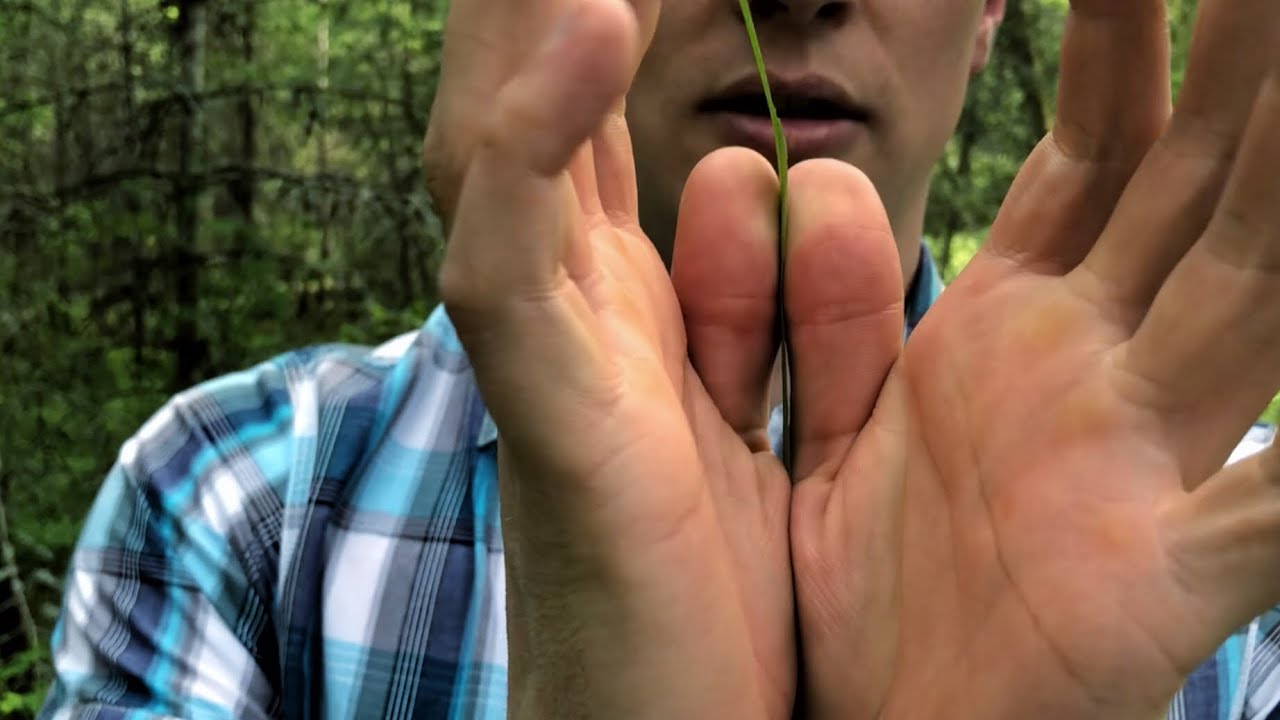

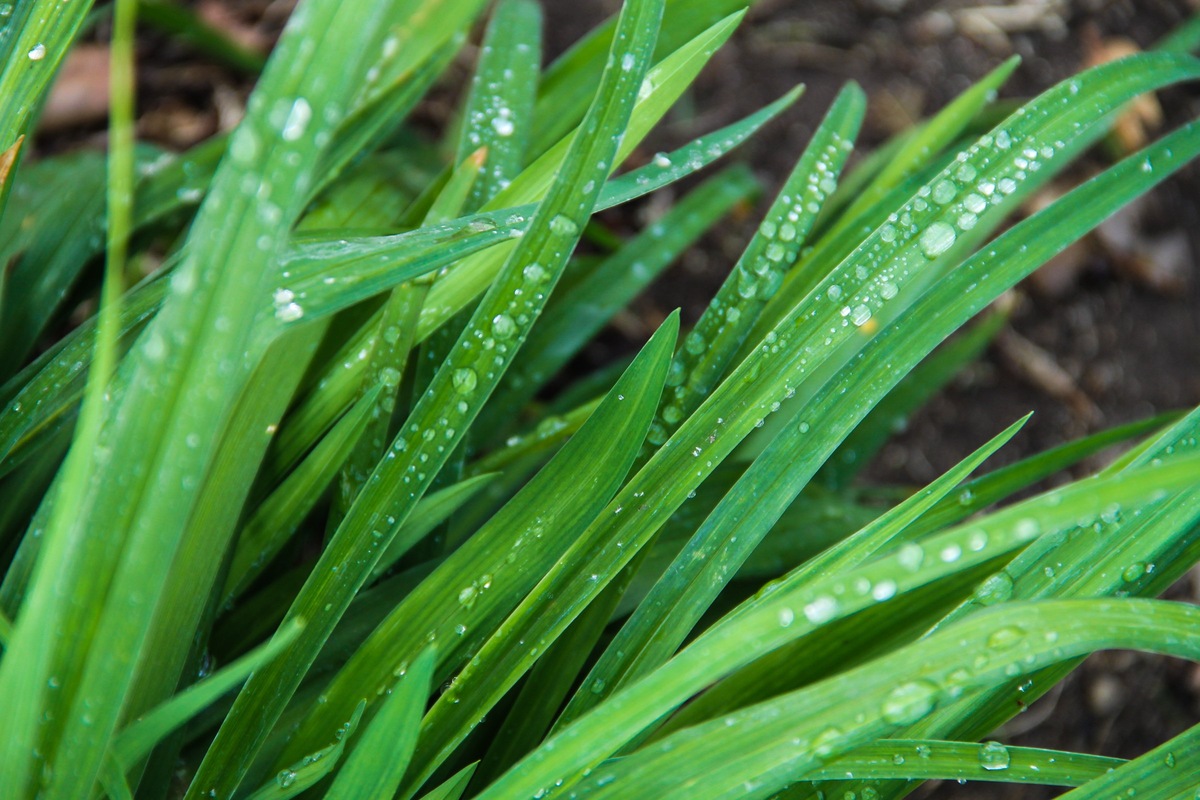

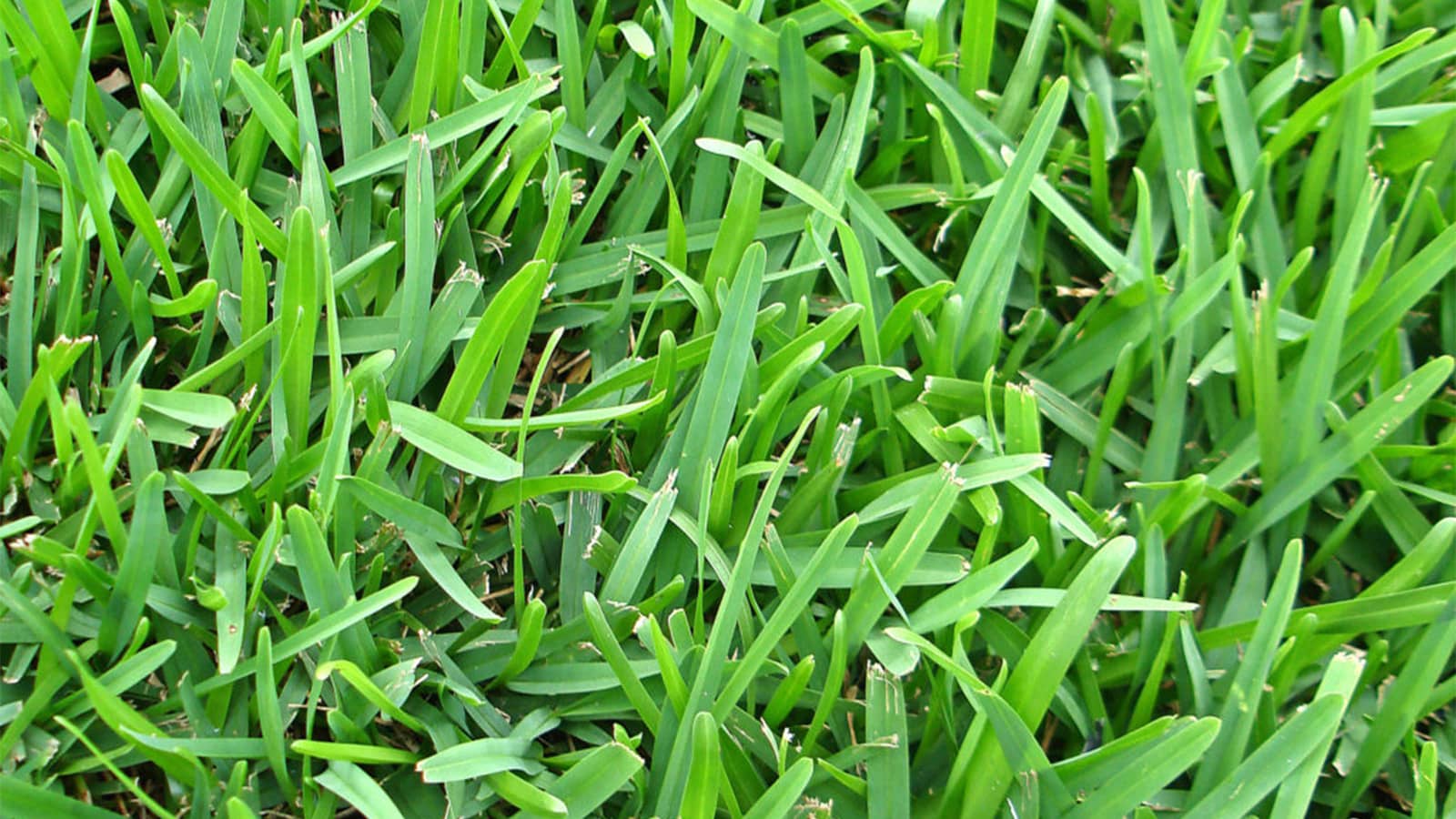


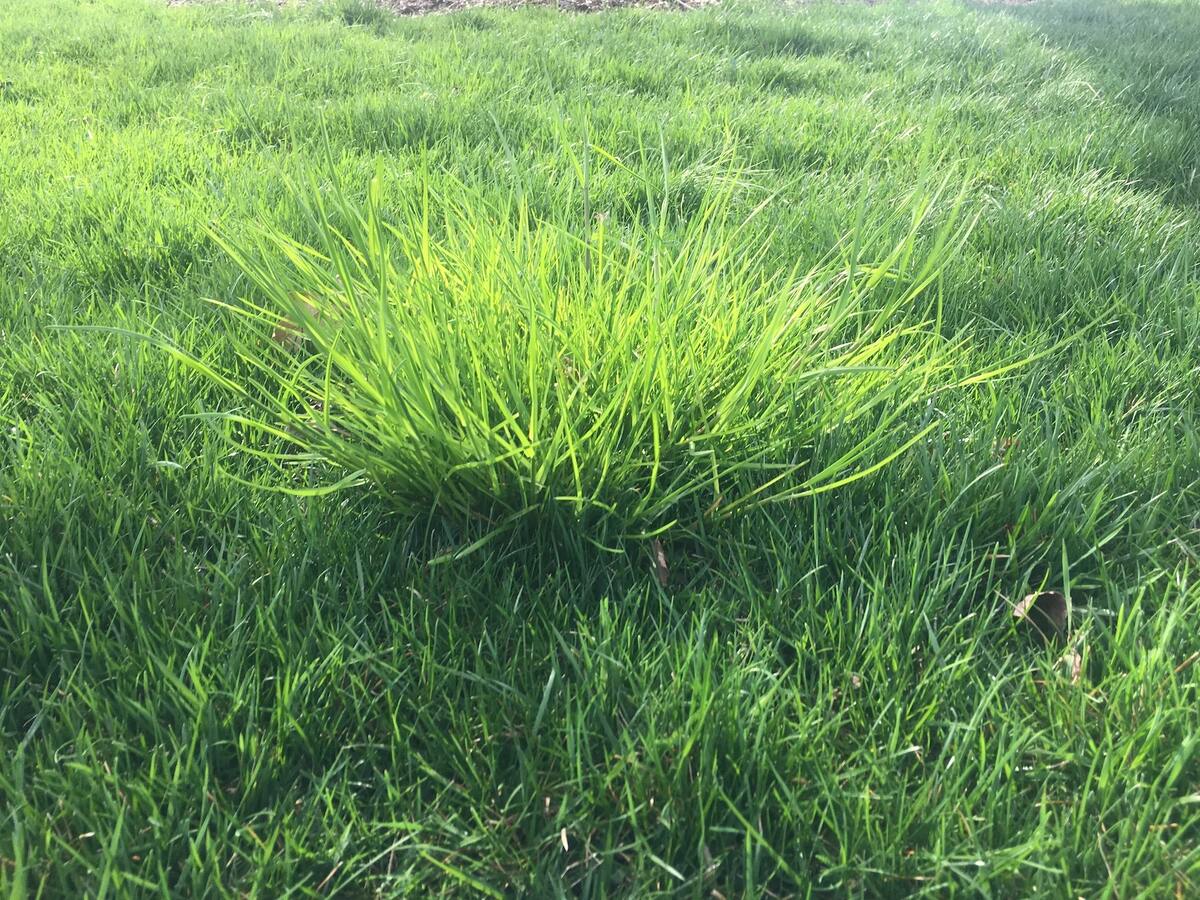

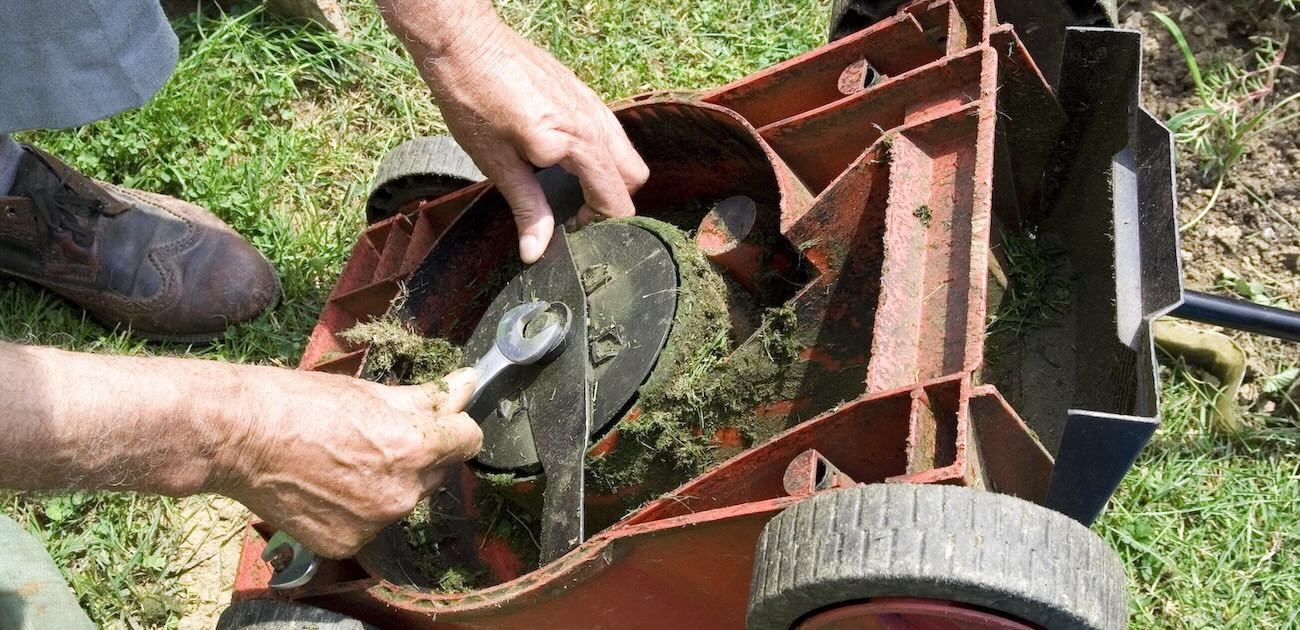
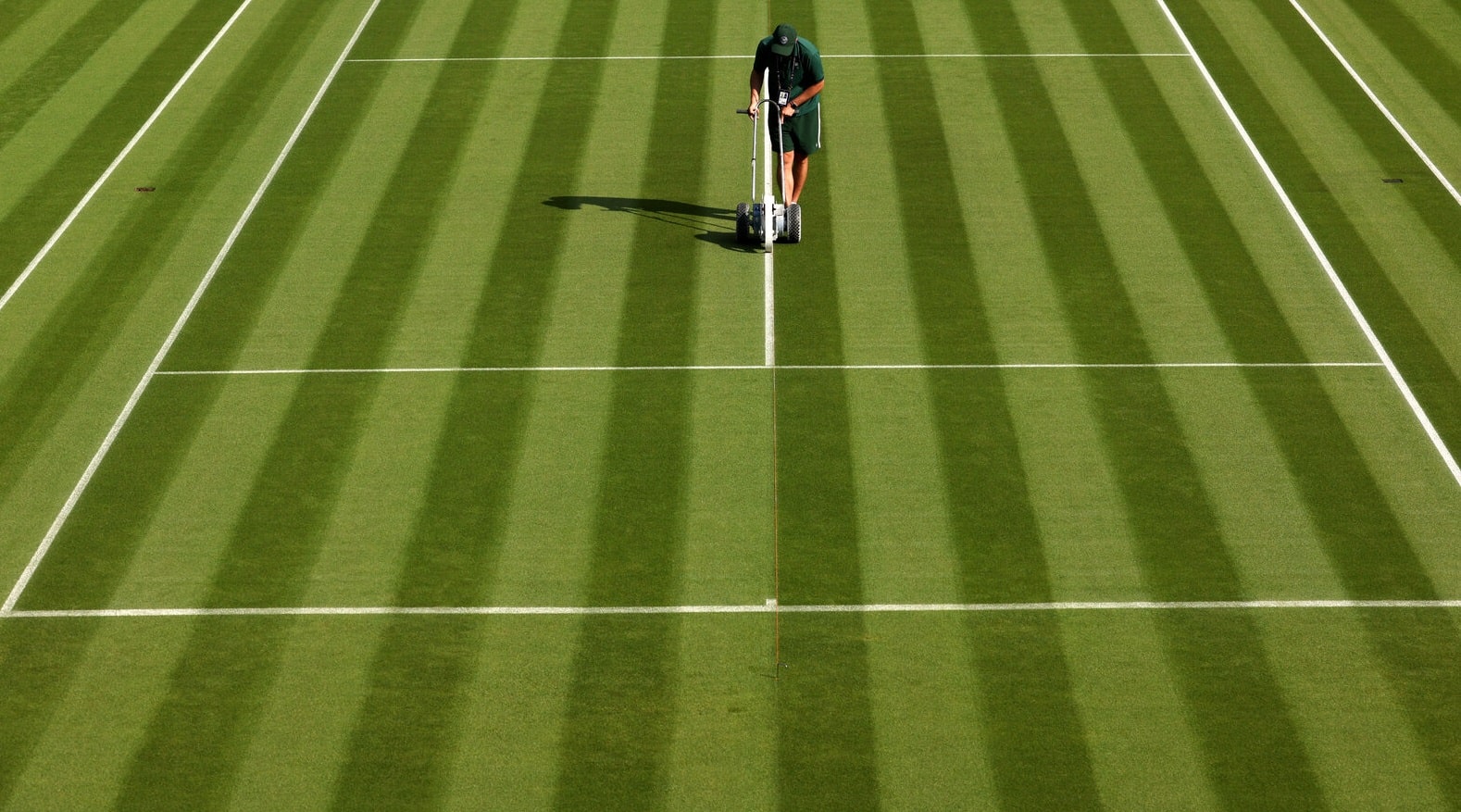
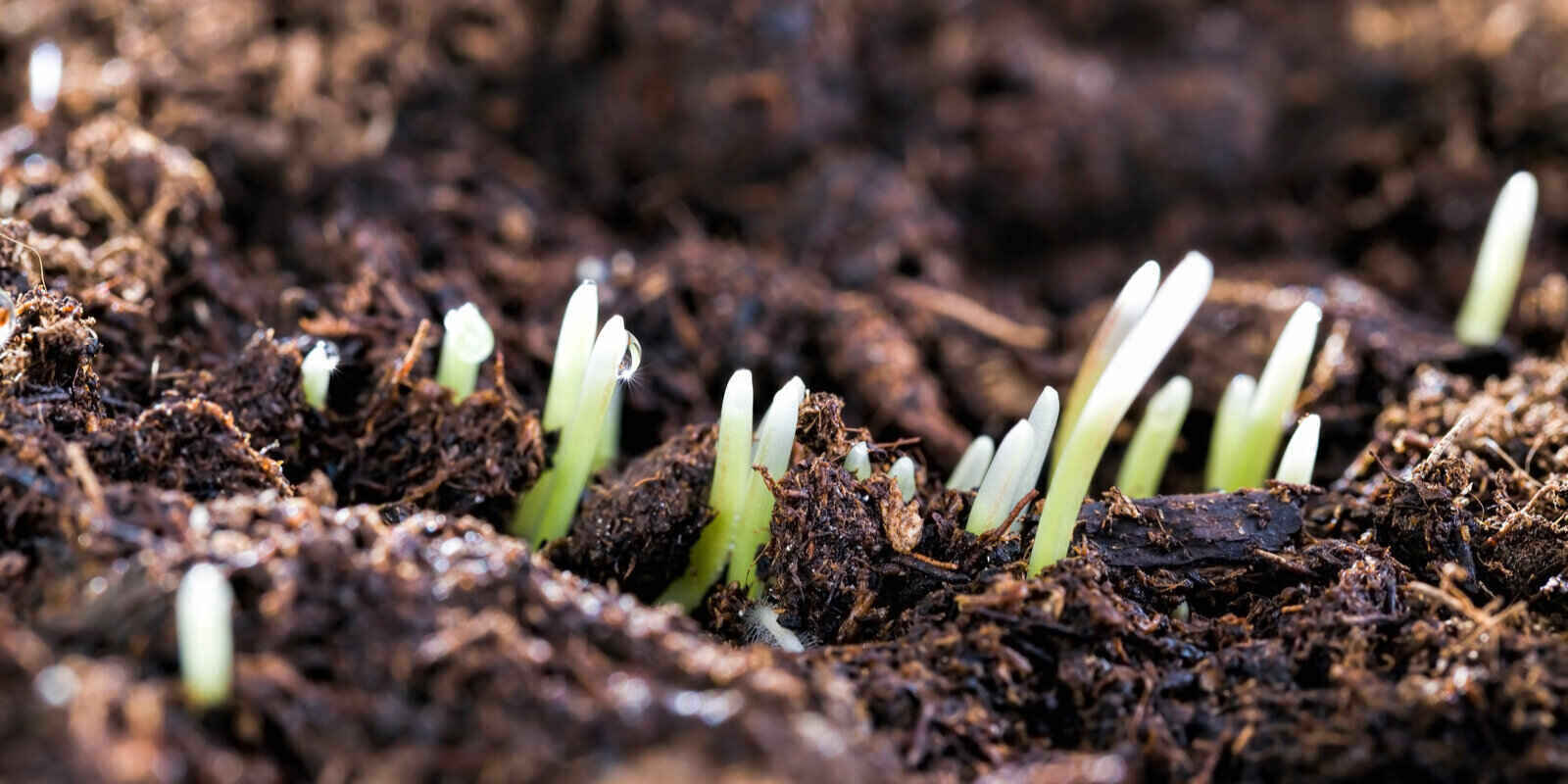
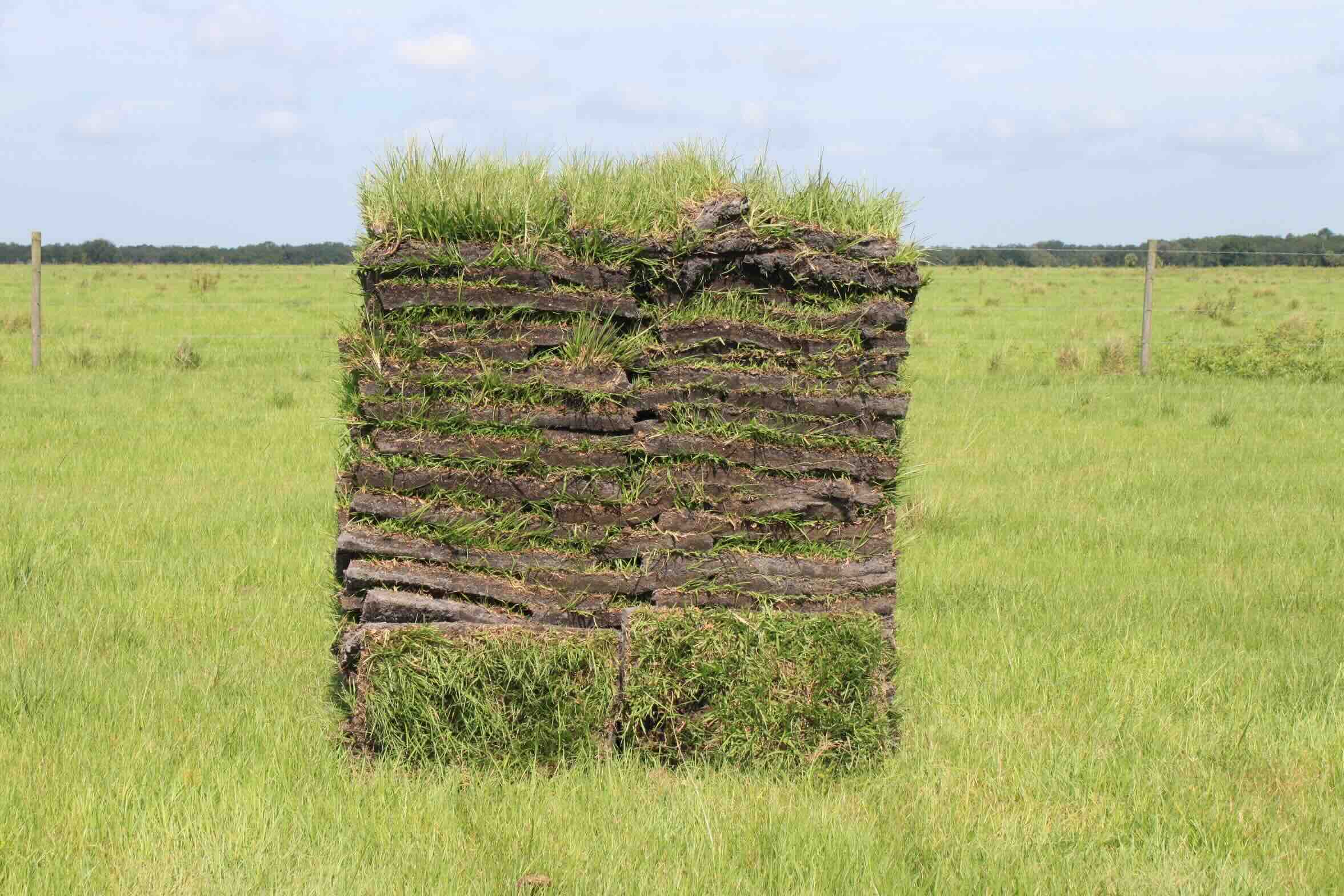
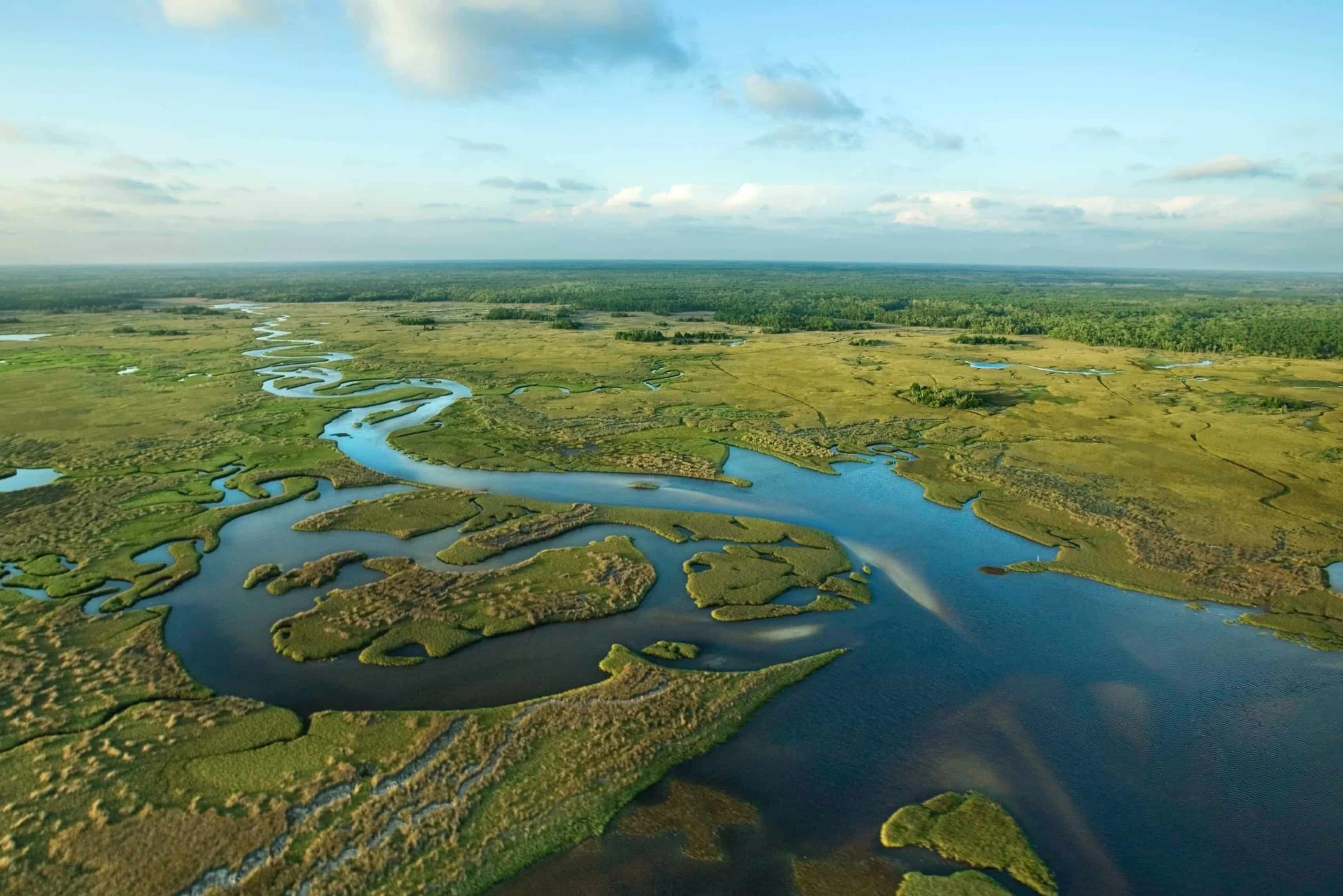
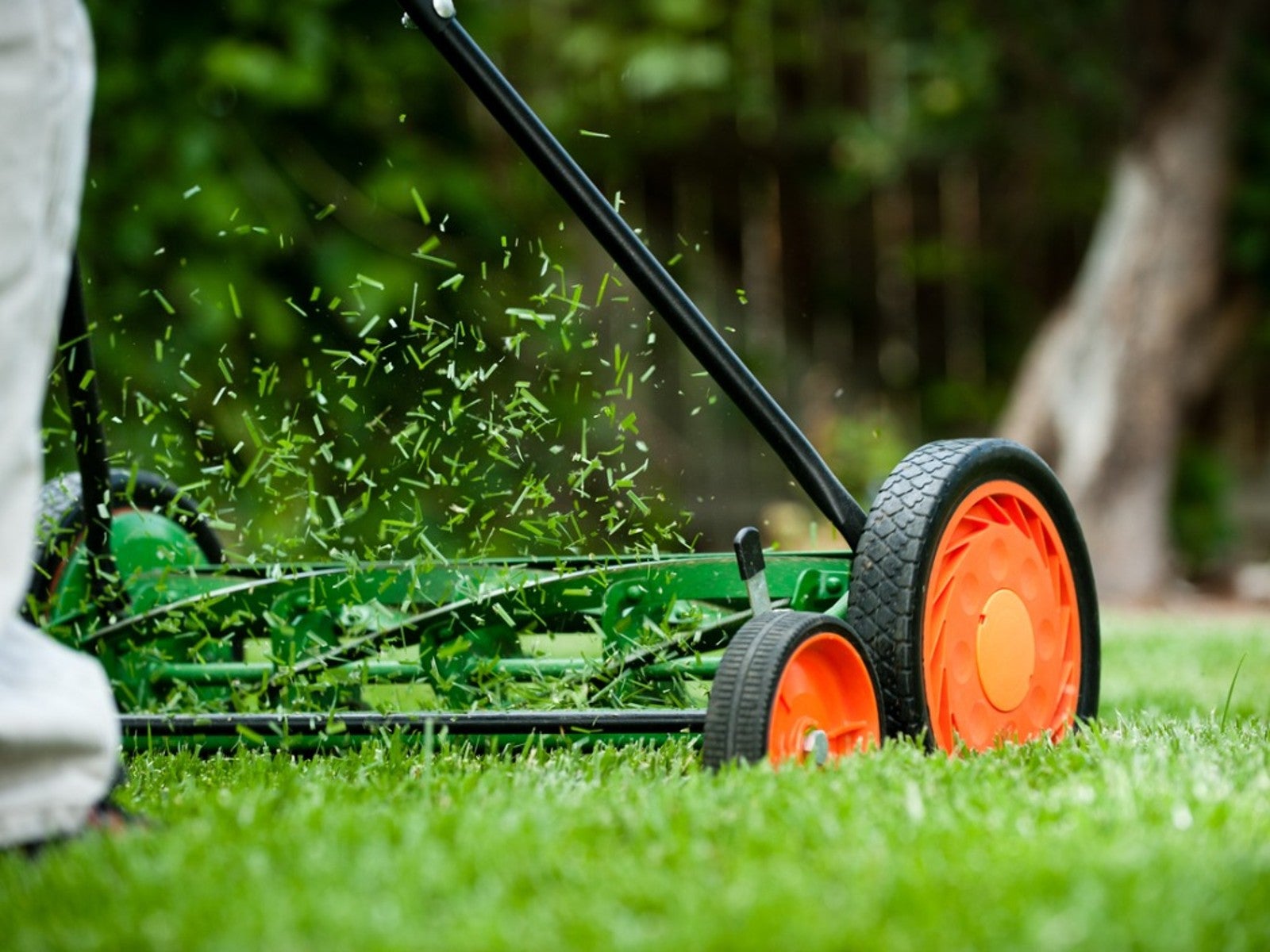

0 thoughts on “How Many Blades Of Grass In The World”